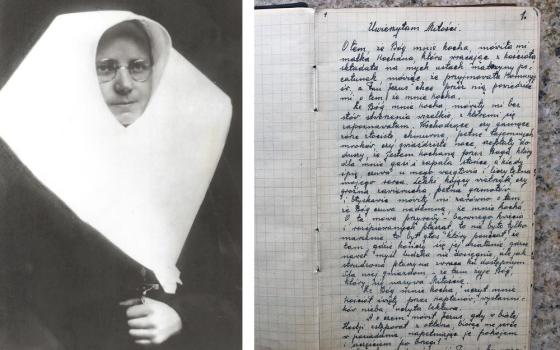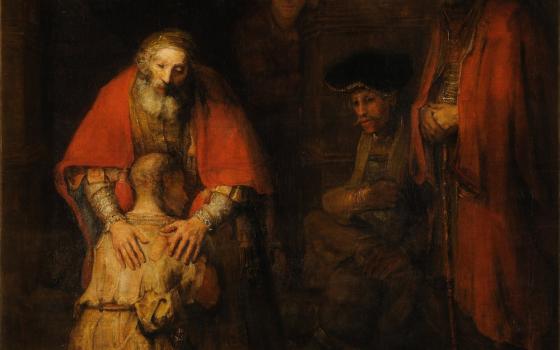"Traditional Catholicism is winning," blared a headline on a Wall Street Journal opinion piece by Anne Hendershott and Christopher White.
Whether that conclusion is warranted only time, and what one means by "traditional Catholicism," will tell. It is the claims underpinning the conclusion that merit comment. "There were 467 new priestly ordinations in the U.S. last year, and Boston's seminary had to turn away applicants," read the subhead beneath the declaration that traditional Catholicism was racking up the most points on the ecclesial scoreboard.
The article went on to note that a new seminary was being built in North Carolina and that Boston's seminary was so full it had to turn applicants away. And, it reported, there were 5,000 more priests worldwide in 2009 than there were in 1999.
Problem solved, right?
When I read the piece, which is whipping 'round the ether, I contacted Mary Gautier, senior research associate at the Center for Research in the Apostolate at Georgetown University.
I have CARA on speed dial. Whenever some new revelation surfaces -- with numbers to prove it! -- that all of the church's problems are behind us, or that the church is done, finished, I call CARA to find out what the data really means.
In this case, it isn't that the data is wrong, it's just that the article is missing a lot of other numbers that place the breathless conclusion that vocations are "surging" and seminaries are bursting at the seams in a broader and more accurate context.
Deep breath.
There is as much, or perhaps more, said by what's not in the article than by what is.
The numbers aren't exactly wrong, responded Gautier, just "misleading."
While there were 5,000 more priests worldwide in 2009 than in 1999, what isn't mention is the fact that "the number of Catholics worldwide is up by 150,000,000 [Yes, million!] during the same period." Another way of measuring that, she said, is to realize there were 2,551 Catholics per priest in 1999 and there were 2,876 Catholics per priest in 2009. "Catholics are still increasing at a faster rate worldwide than are priests, and the ratio is even starker in the United States."
According to the Annuarium Statisticum Ecclesiae (Statistical Yearbook of the Church), published by the Vatican, the U.S. in 1999 had 31,404 diocesan priests for 61,290,000 Catholics (1,952 Catholics per priest). In 2009, the US had 29,722 diocesan priests for 69,609,000 Catholics (2,342 Catholics per priest).
And as we've previously reported here and on the print pages of NCR, the number of diocesan priests available for active ministry is far lower -- just below 18,000 today -- and that number is expected to drop to below 14,000 by 2020.
The claim that seminaries are bursting at the seams also has to be qualified, said Gautier. That impression is actually "more a function of the numbers of college seminaries and religious houses of formation that have been closing and consolidating than it is a true surge in vocations."
"The good news is that the number of men in theology in the U.S. this year is higher than it has been since 1988-89," she said. "The bad news is that the numbers being ordained still do not close the gap for the numbers that are retiring, dying, and leaving the priesthood. We should celebrate the fact that there are still substantial numbers of men responding to a vocational call, but we should not be triumphalistic in proclaiming that the shortage is over."
For more on what the numbers mean, consult the blog -- http://nineteensixty-four.blogspot.com/ -- on CARA's site written by research associate Mark Gray. I spoke to him this afternoon and he said he would be posting something later today giving even more context on the numbers in the WSJ piece and what they mean in the long run. One point he made on the phone is that 467 is within the very consistent range of annual ordinations since the '80s. He said he'll also be explaining the difference between full seminaries today and full seminaries back in the day.



